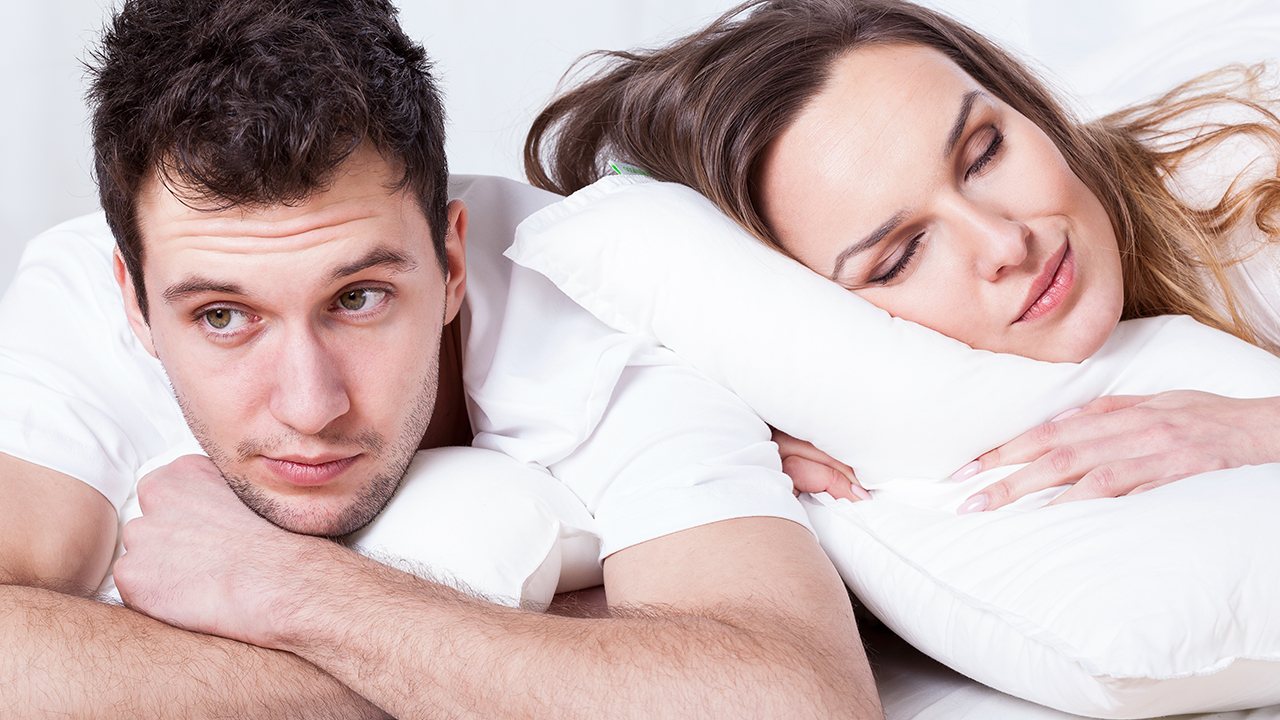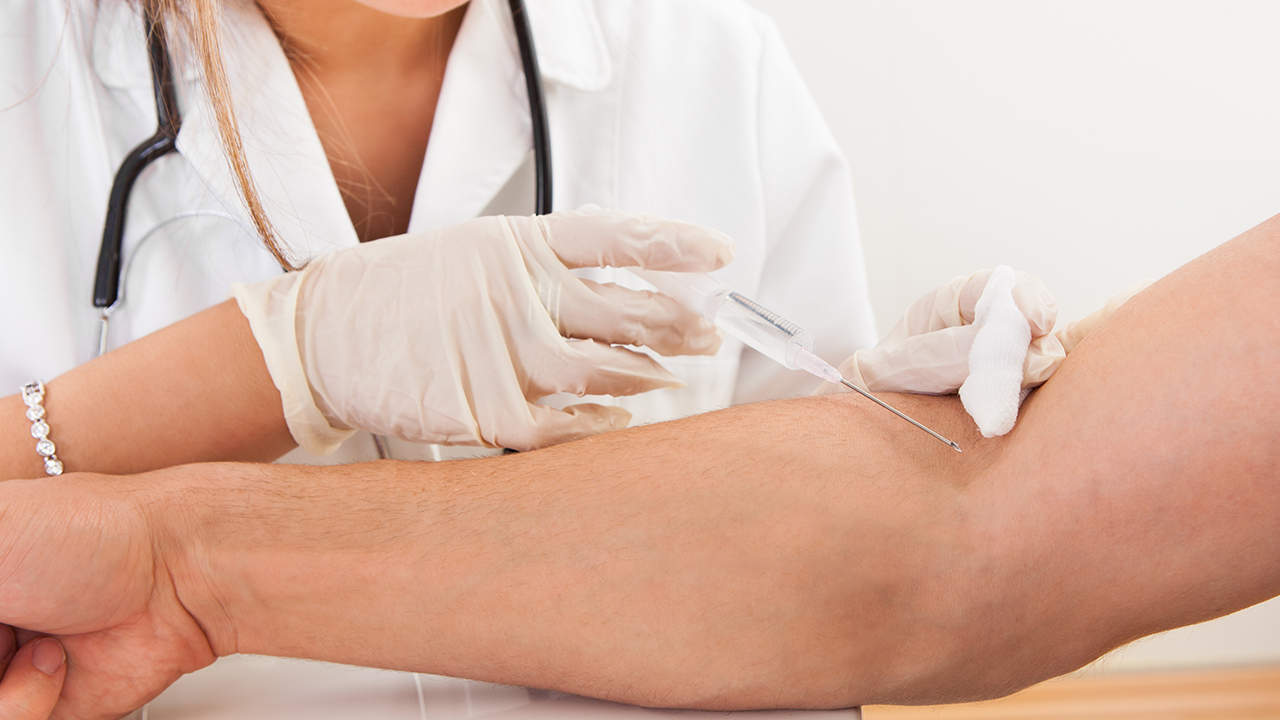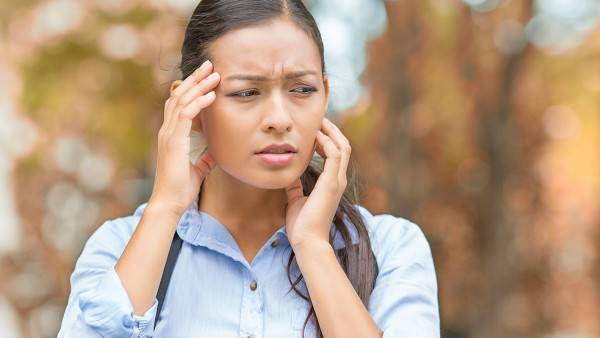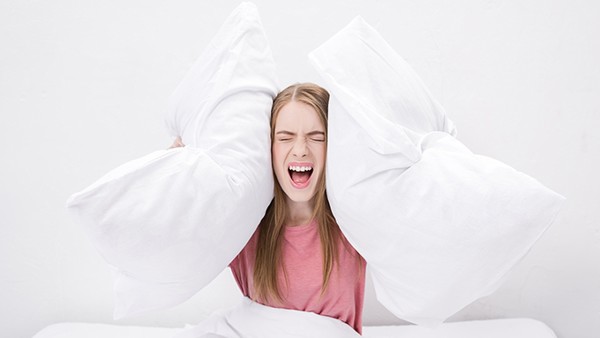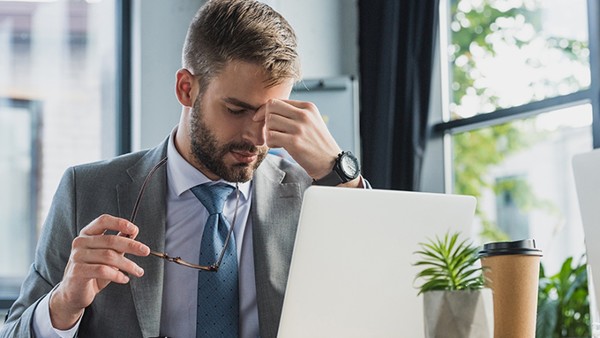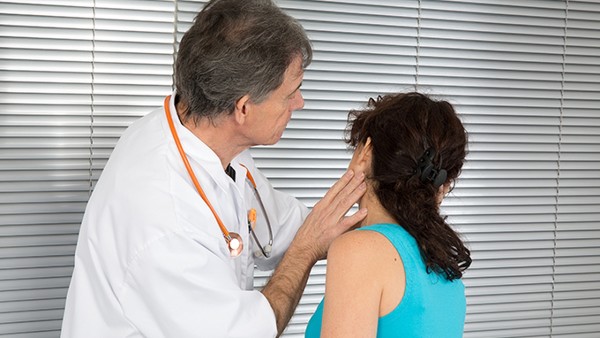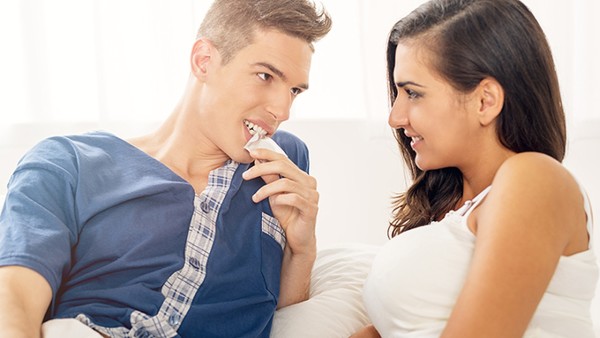One and a Half Year Old Baby Has Esotropia

Esotropia, commonly known as crossed eyes, is a condition in which one or both eyes turn inward toward the nose. It is the most common type of strabismus, a general term for misalignment of the eyes. Esotropia can occur at any age, but it is most commonly diagnosed in children between the ages of 2 and 4.
Symptoms of Esotropia
The primary symptom of esotropia is an inward turning of one or both eyes. This misalignment may be constant or intermittent, and it can vary in severity. Other symptoms of esotropia may include:
Double vision
Blurred vision
Eye strain
Headaches
Poor depth perception
Abnormal head position
Causes of Esotropia
The exact cause of esotropia is not always known, but it is thought to be caused by a combination of factors, including:
Muscle imbalances: The muscles that control the movement of the eyes may be weak or imbalanced, causing one or both eyes to turn inward.
Sensory problems: The brain may not be receiving clear signals from both eyes, which can lead to misalignment.
Structural abnormalities: The shape of the eyes or the eye sockets may contribute to esotropia.
Other medical conditions: Esotropia can be associated with certain medical conditions, such as cerebral palsy, Down syndrome, and hydrocephalus.
Diagnosis of Esotropia
Esotropia can be diagnosed during a routine eye exam. The eye doctor will perform various tests to assess the alignment of the eyes, including:
Cover test: This test is used to determine which eye is turning inward. The doctor will cover one eye at a time and observe the movement of the other eye.
Hirschberg test: This test is used to measure the angle of the esotropia. The doctor will shine a light into the eyes and observe the reflection of the light on the pupils.
Retinoscopy: This test is used to assess the refractive error of the eyes. The doctor will use a retinoscope to project a light into the eyes and observe the reflection of the light on the retina.
Treatment of Esotropia
The treatment of esotropia depends on the underlying cause and the severity of the condition. Treatment options may include:
Glasses or contact lenses: Glasses or contact lenses can be used to correct refractive errors that may be contributing to the esotropia.
Eye exercises: Eye exercises can be used to strengthen the muscles that control the movement of the eyes.
Botox injections: Botox injections can be used to weaken the muscles that are causing the eye to turn inward.
Surgery: Surgery may be necessary to correct the structural abnormalities that are contributing to the esotropia.
Prognosis for Esotropia
The prognosis for esotropia depends on the underlying cause and the severity of the condition. Most children with esotropia are able to achieve good vision with treatment. However, some children may experience persistent esotropia or other eye problems.
Prevention of Esotropia
There is no sure way to prevent esotropia, but some factors may increase the risk of developing the condition, including:
Family history of esotropia
Premature birth
Low birth weight
Certain medical conditions
If you are concerned that your child may have esotropia, it is important to see an eye doctor for an evaluation. Early diagnosis and treatment can help to improve the chances of a successful outcome.
The above is all the content that the editor wants to share with you. I sincerely hope that these contents can bring some help to your life and health, and I also wish that your life will be happier and happier.
Tags: #half #year #one

